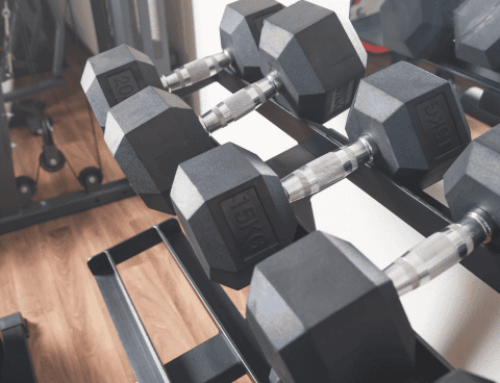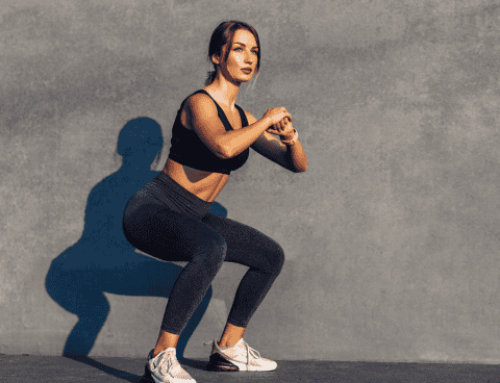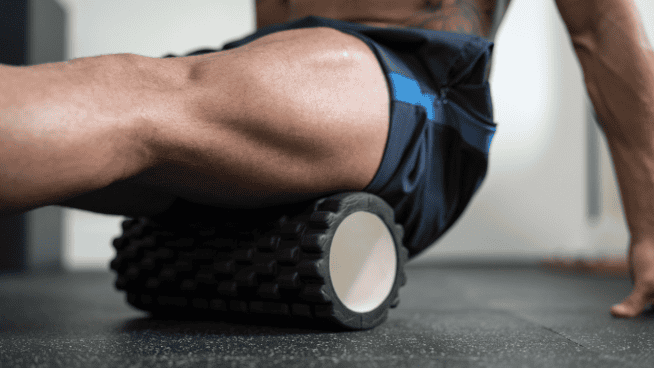Total-Body Training: Why It's Best and How To Do It

Instead, I recommend focusing on total-body training, which closely matches how you use your body on the field.
Purpose of Total-Body Training
Total-body training teaches your body to function as a unit instead of a collection of independent parts. The idea is to focus on movements, not muscles. (Learn more about functional training.) This is achieved by performing exercises that involve multiple joints and that engage several muscle groups, such as the Squat, Deadlift and Bench Press.
Each and every one of your workouts should involve every muscle group and joint. Make sure to go through a full range of motion and train in every direction. Also, it’s best to incorporate balance, coordination, stability and flexibility exercises to cover all aspects of performance.
How to Structure a Workout
Below are three groups of exercises with two categories per group. Take two exercises from each group (one from each category, 6 exercises total) and perform them as paired supersets. (Learn about the benefits of supersets.) Unless it’s a bodyweight exercise, choose a weight that’s about 75 to 80% of your one-rep max. For bodyweight exercises, perform 10 reps per set. Aim for three to five sets, resting 30 seconds between exercises, and one minute between groups of exercises.
GROUP 1
Push Exercises
- Squat
- Leg Press
- Step-Up
- Bulgarian Split-Squat
Pull Exercises
GROUP 2
Push Exercises
- Bench Press
- Push-Up
- Push Press
Pull Exercises
- Pull-Up
- Lat Pulldown
- Inverted Row
GROUP 3
Rotational Exercises
Torso Exercises
- Planks (4-point, 3-point, 2-point, side)
- Hanging Leg Raise
How to Schedule Total-Body Workouts
Perform this workout two to three days, per week, with at least one rest day between sessions. Make sure to vary your exercise choices.
RECOMMENDED FOR YOU
Total-Body Training: Why It's Best and How To Do It

Instead, I recommend focusing on total-body training, which closely matches how you use your body on the field.
Purpose of Total-Body Training
Total-body training teaches your body to function as a unit instead of a collection of independent parts. The idea is to focus on movements, not muscles. (Learn more about functional training.) This is achieved by performing exercises that involve multiple joints and that engage several muscle groups, such as the Squat, Deadlift and Bench Press.
Each and every one of your workouts should involve every muscle group and joint. Make sure to go through a full range of motion and train in every direction. Also, it’s best to incorporate balance, coordination, stability and flexibility exercises to cover all aspects of performance.
How to Structure a Workout
Below are three groups of exercises with two categories per group. Take two exercises from each group (one from each category, 6 exercises total) and perform them as paired supersets. (Learn about the benefits of supersets.) Unless it’s a bodyweight exercise, choose a weight that’s about 75 to 80% of your one-rep max. For bodyweight exercises, perform 10 reps per set. Aim for three to five sets, resting 30 seconds between exercises, and one minute between groups of exercises.
GROUP 1
Push Exercises
- Squat
- Leg Press
- Step-Up
- Bulgarian Split-Squat
Pull Exercises
GROUP 2
Push Exercises
- Bench Press
- Push-Up
- Push Press
Pull Exercises
- Pull-Up
- Lat Pulldown
- Inverted Row
GROUP 3
Rotational Exercises
Torso Exercises
- Planks (4-point, 3-point, 2-point, side)
- Hanging Leg Raise
How to Schedule Total-Body Workouts
Perform this workout two to three days, per week, with at least one rest day between sessions. Make sure to vary your exercise choices.










